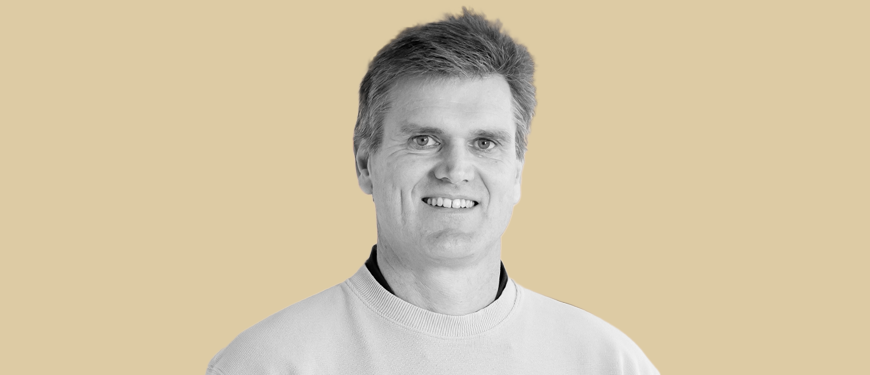By Birgitte Svennevig, birs@sdu.dk
Why did you become a researcher?
As a child and teenager, I liked science and technology and I enjoyed reading books, including Jules Verne’s amazing novels on scientific advances and adventures. During my high school biology course, I visited SDU for a week - actually the department where I am now employed - to learn about genetic engineering and laboratory experiments – and I immediately got hooked on cell biology!
Which other career did you consider?
I considered to become an Electrical engineer because I was interested in computers, programming, electronics and gadgets. I was a teenager in the 1980’es when the personal computer became mainstream. I was lucky to be able to combine my interests in both biology and computing during my university studies in Cell biology and Computer science.
What occupies you at the moment?
I am always thinking about the next research questions and generating ideas for experiments to investigate the complex mechanisms in cells and organisms. My students and I recently established a new mass spectrometry technology for imaging of tissues, and we now use it to study human, rat and mouse organs, including brain and kidney. The purpose is to measure and understand changes, caused by disease.
Which question would you really like to find an answer to?
I am fascinated by proteins and how they organize and control all the biochemical processes in our cells, both in health and in disease. I want to understand why so many variants of proteins exist, so called proteoforms, and how they regulate our genes, metabolism and physiology with incredible fidelity and accuracy for years.
What is the biggest breakthrough in your field ever?
The biggest breakthrough in protein science in recent years is the ability to predict the 3-dimensional structure of proteins based on the amino acid sequence, i.e. based on genetic information from genes in our DNA. This 3D structure of proteins is essential for their biological function, making them capable of recognizing each other and interact optimally.
Using artificial intelligence, based on 200.000 known protein structures determined over the last 50 years, it is now possible to generate computer models for all new protein structures from all organisms, including proteins carrying disease causing mutations. This is a prerequisite for understanding biology and developing new pharmaceutical drugs for disease treatment.
How do you hope that others can benefit from your research?
I hope that others can benefit from the technologies and discoveries that I have contributed to during the years so that they can achieve more accurate results to advance protein science. I hope that my work on post-translational modifications of proteins (proteoforms) will inspire others to pursue that direction of research to better understand how our genes are regulated in health and disease.
Which other research field fascinates you the most?
I am intrigued and fascinated by astronomy and how scientists develop advanced mathematical and physical models for events that took place millions of years ago in far-away galaxies based on today’s highly coordinated large-scale experiments.
What do you have in your office, that most other people don’t?
When I studied in Oregon in the US, I had a car with custom license plates with my name. They are now in my office at SDU as a souvenir and reminder of 4 fantastic years as a PhD student at Oregon State University, Corvallis.
Who do you admire the most?
I admire people who use their dedication, motivation and talent to make a difference in society, sports or science.
What do you do, when you are not researching?
I live with my family on the countryside just outside Odense and I enjoy spending time outdoors to maintain our farm and garden, surrounded by dog, cat, horses and chicken. Touring Fyn and Denmark to visit family and friends, see nice places and visit good restaurants is very enjoyable.
